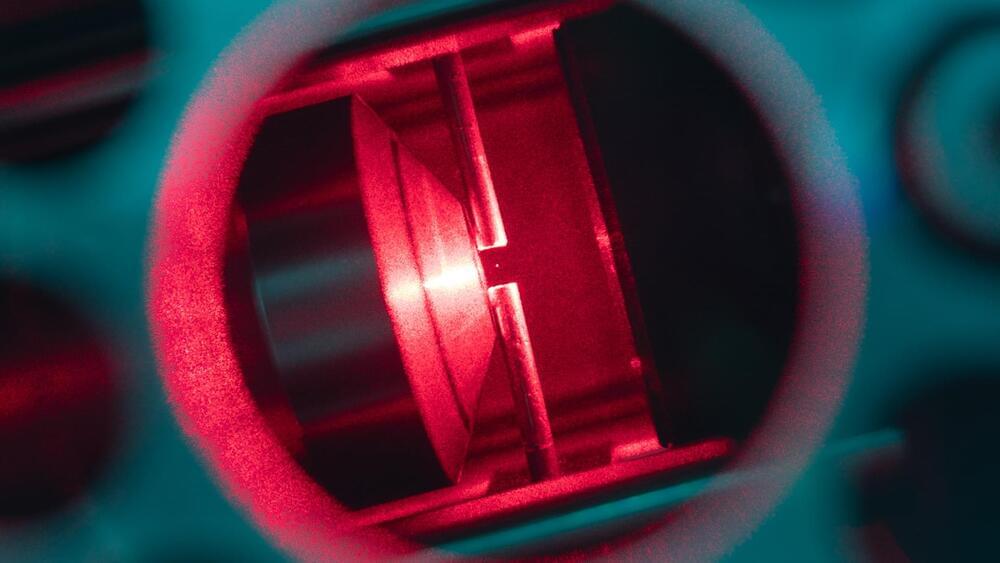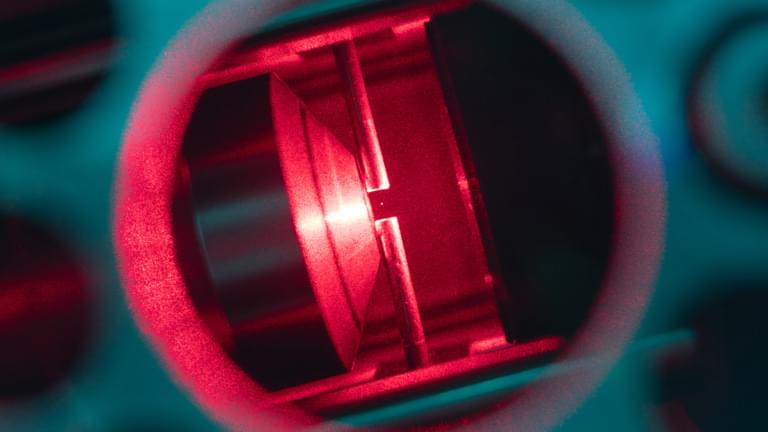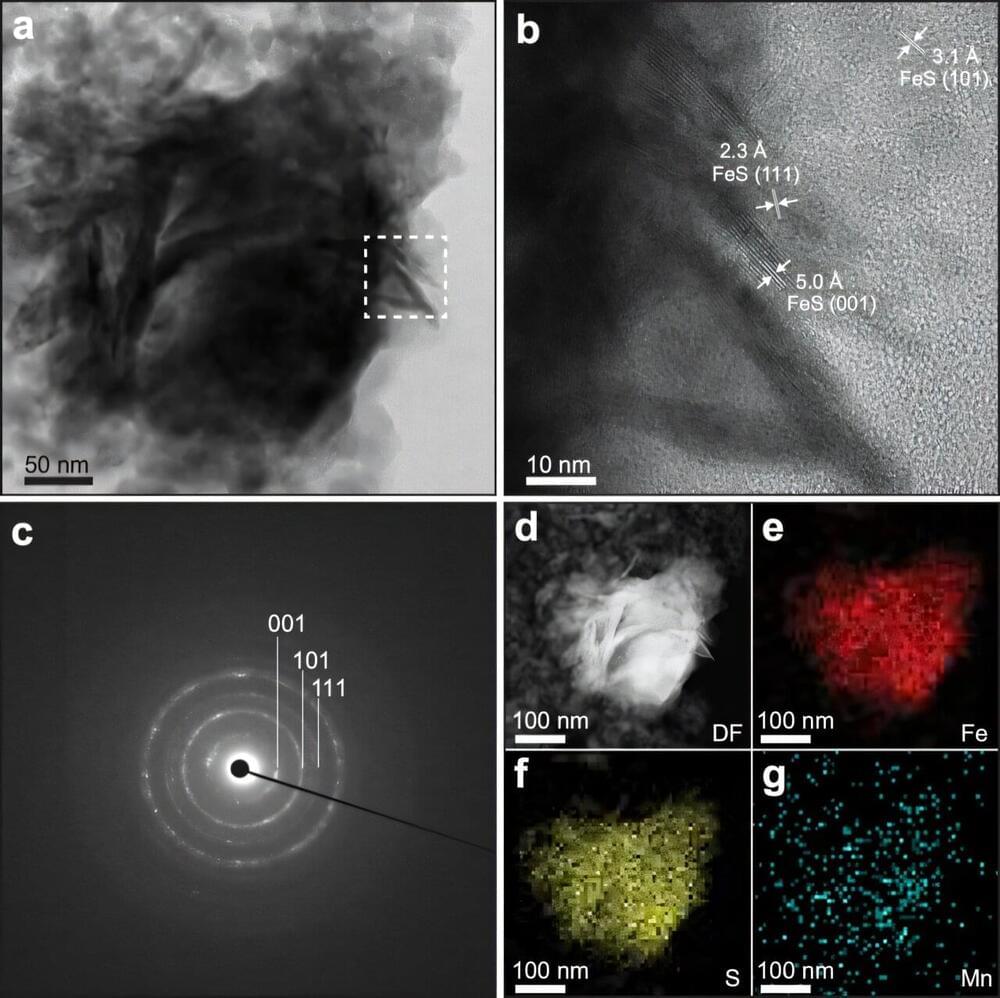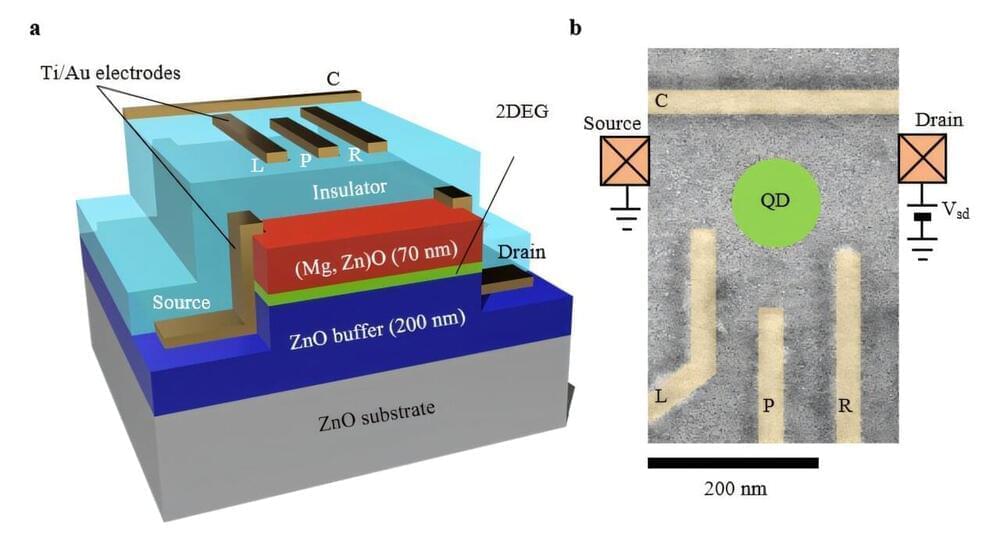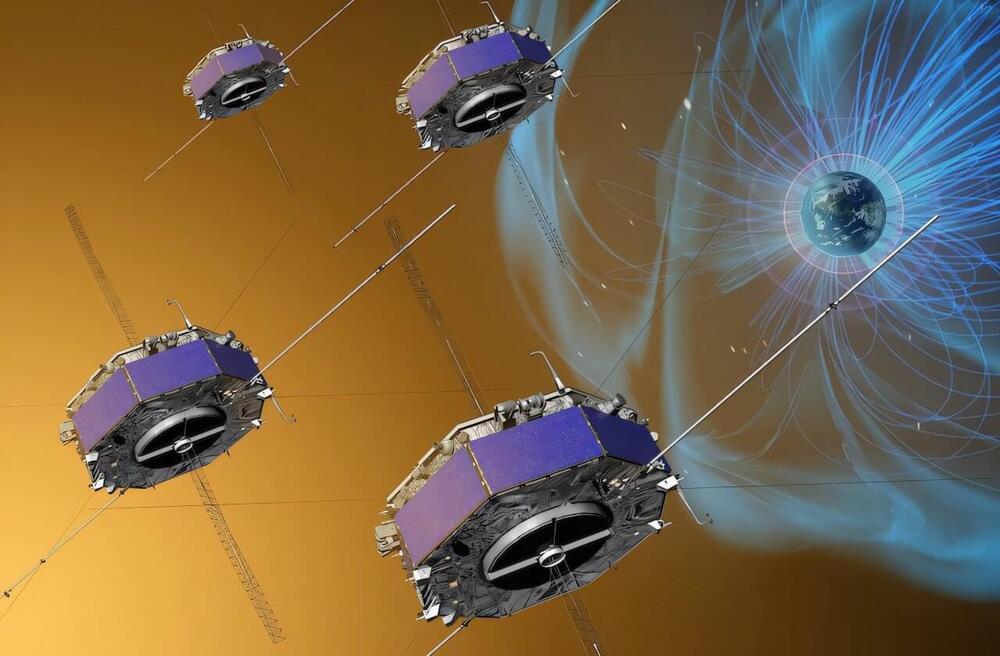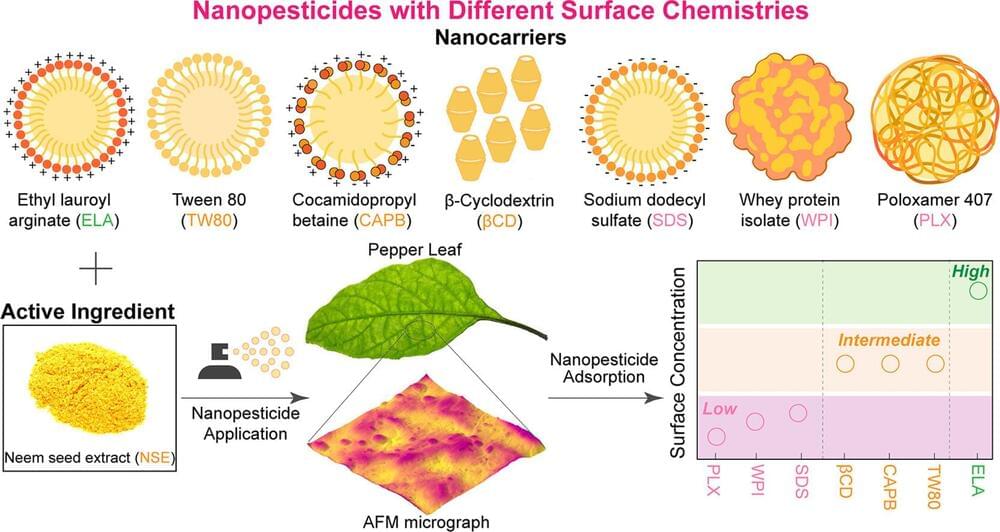Latest posts
Nov 28, 2024
A Superfast Conductor Has Opened the Door for Epically Powerful Batteries
Posted by Jose Ruben Rodriguez Fuentes in category: biotech/medical
Nov 28, 2024
A new golden age of discovery
Posted by Dan Kummer in categories: biotech/medical, chemistry, health, robotics/AI
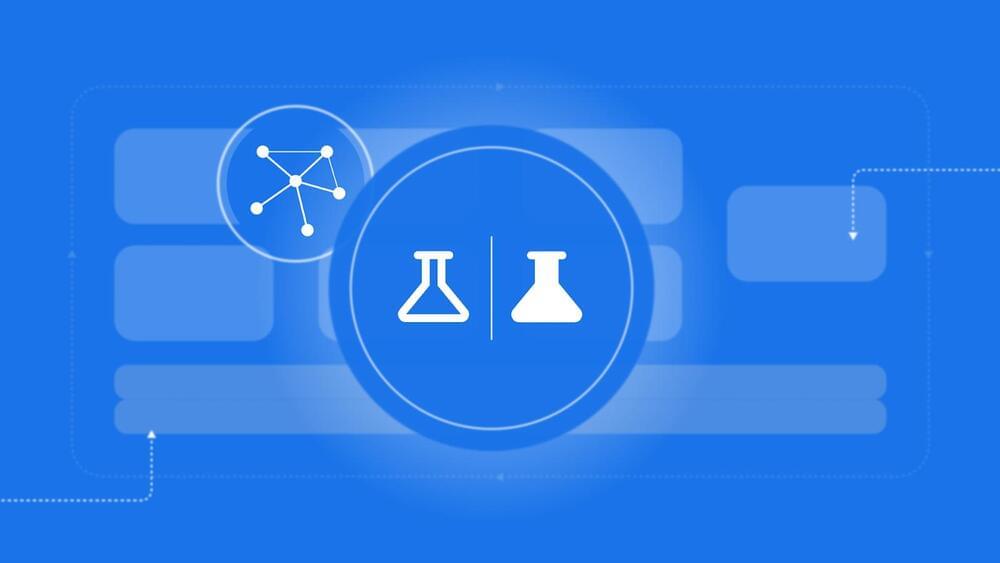
A quiet revolution is brewing in labs around the world, where scientists’ use of AI is growing exponentially. One in three postdocs now use large language models to help carry out literature reviews, coding, and editing. In October, the creators of our AlphaFold 2 system, Demis Hassabis and John Jumper became Nobel Laureates in Chemistry for using AI to predict the structure of proteins, alongside the scientist David Baker, for his work to design new proteins. Society will soon start to feel these benefits more direct ly, with drugs and materials designed with the help of AI currently making their way through development.
In this essay, we take a tour of how AI is transforming scientific disciplines from genomics to computer science to weather forecasting. Some scientists are training their own AI models, while others are fine-tuning existing AI models, or using these models’ predictions to accelerate their research. Scientists are using AI as a scientific instrument to help tackle important problems, such as designing proteins that bind more tightly to disease targets, but are also gradually transforming how science itself is practised.
Nov 28, 2024
Atoms moved from one place to another via quantum tunneling in a first
Posted by Genevieve Klien in categories: particle physics, quantum physics
In order to achieve the tunneling of atoms, the researchers used three optical tweezers and arranged them in a series. Then they introduced ultracold fermionic atoms (atoms that are cooled down to absolute zero temperatures) in this arrangement.
Using the three tweezers as traps, the researchers were able to control the tunneling rate of atoms by changing the distance between the traps. This approach allowed the researchers to successfully transfer atoms between the two outer tweezers.
“We observe a smooth and high-efficiency transfer of atoms between the two outer traps, with a very low population remaining in the central trap,” the researchers note in their study.
Nov 28, 2024
Atoms transferred between optical tweezers via quantum tunneling in a first
Posted by Genevieve Klien in categories: 3D printing, bioprinting, biotech/medical, quantum physics
Researchers at the University of Twente, Netherlands, have made an advancement in bioprinting technology that could transform how we create vascularized tissues. Their innovative bioink, recently featured in Advanced Healthcare Materials, introduces a way to precisely guide the growth and organization of tiny blood vessels within 3D-bioprinted tissues. The tiny blood vessels mimic the intricate networks found in the human body.
3D-printed organs have the potential to revolutionize medicine by providing solutions for organ failure, and tissue damage and developing new therapies. But a major challenge is ensuring these printed tissues receive enough nutrients and oxygen, which is critical for their survival and function. Without blood vessels, these tissues can’t efficiently obtain nutrients or remove waste, limiting their effectiveness. Therefore, the ability to 3D-bioprint blood vessels is a crucial advancement.
Tissue engineers could already position blood vessels during the bioprinting process, but these vessels often remodel unpredictably when cultured in the lab or implanted in the body, reducing the effectiveness of the engineered tissue. The programmable bioink developed by the University of Twente team addresses this issue by providing dynamic control over vessel growth and remodeling over time. This opens new possibilities for creating engineered tissues with long-term functionality and adaptability.
Nov 28, 2024
Scientists reveal possible role of iron sulfides in creating life in terrestrial hot springs
Posted by Genevieve Klien in category: chemistry
An international team of scientists has published a study highlighting the potential role of iron sulfides in the formation of life in early Earth’s terrestrial hot springs. According to the researchers, the sulfides may have catalyzed the reduction of gaseous carbon dioxide into prebiotic organic molecules via nonenzymatic pathways.
This work, appearing in Nature Communications, offers new insights into Earth’s early carbon cycles and prebiotic chemical reactions, underscoring the significance of iron sulfides in supporting the terrestrial hot springs origin of life hypothesis.
The study was conducted by Dr. Nan Jingbo from the Nanjing Institute of Geology and Paleontology, Chinese Academy of Sciences; Dr. Luo Shunqin from Japan’s National Institute for Materials Science; Dr. Quoc Phuong Tran from the University of New South Wales, Australia, and other researchers.
Nov 28, 2024
A Shapeshifting Protein Is Leading Alzheimer’s Disease Researchers Down A New Path
Posted by Arthur Brown in categories: biotech/medical, neuroscience
Mechanical switches and protein meshes – this is a new way of looking at one of our most feared diseases.
Nov 28, 2024
A pathway toward new quantum devices: Electrically defined quantum dots in zinc oxide
Posted by Paul Battista in categories: computing, quantum physics
Researchers have successfully created electrically defined quantum dots in zinc oxide (ZnO) heterostructures, marking a significant milestone in the development of quantum technologies.
Details of their breakthrough were published in the journal Nature Communications on November 7, 2024.
Quantum dots, tiny semiconductor structures that can trap electrons in nanometer-scale spaces, have long been studied for their potential to serve as qubits in quantum computing. These dots are crucial for quantum computing because they allow scientists to control the behavior of electrons, similar to how a conductor might control a current of water flowing through pipes.
Nov 28, 2024
Astrophysicists find evidence that Alfvén waves lead to heat generation in the magnetosphere
Posted by Cecile G. Tamura in categories: particle physics, space
In the vast reaches of space, invisible forces shape the behavior of charged particles in ways that are only now beginning to be fully understood.
A small team of astrophysicists at the University of California, Los Angeles, working with colleagues from the University of Texas at Dallas and the University of Colorado, Boulder, has found evidence that Alfvén waves in space plasmas speed up ion beams, resulting in the creation of small-scale acoustic waves that in turn generate heat in the magnetosphere.
In their study, published in the journal Physical Review Letters, the group used data from the four-spacecraft Magnetospheric Multiscale (MMS) mission that took place in 2015 to prove a theory about heat generation in the magnetosphere.
Nov 28, 2024
Nanopesticide delivery system made with neem seed extract improves pesticide effectiveness
Posted by Shailesh Prasad in categories: chemistry, engineering, food, sustainability
Pesticides can be made more effective and environmentally friendly by improving how they stick to plant surfaces, thanks to new research led by Dr. Mustafa Akbulut, professor of chemical engineering at Texas A&M University.
Akbulut and his research group have developed an innovative pesticide delivery system called nanopesticides. These tiny technologies, developed through a collaboration between Texas A&M University’s engineering and agricultural colleges, Dr. Luis Cisneros-Zevallo, professor of Horticultural Science and Dr. Younjin Min, professor of Chemical Environ Engineering at University of California, Riverside, could change how we use pesticides.
“The U.S. is a world leader in agricultural production, feeding not just our nation but much of the world. Yet we are using pesticides in a way that is simply not sustainable—with a substantial fraction not reaching its intended target,” said Akbulut. “Our research shows that by optimizing the surface chemistry of pesticide carriers, we can make these essential crop protection tools more efficient.”


